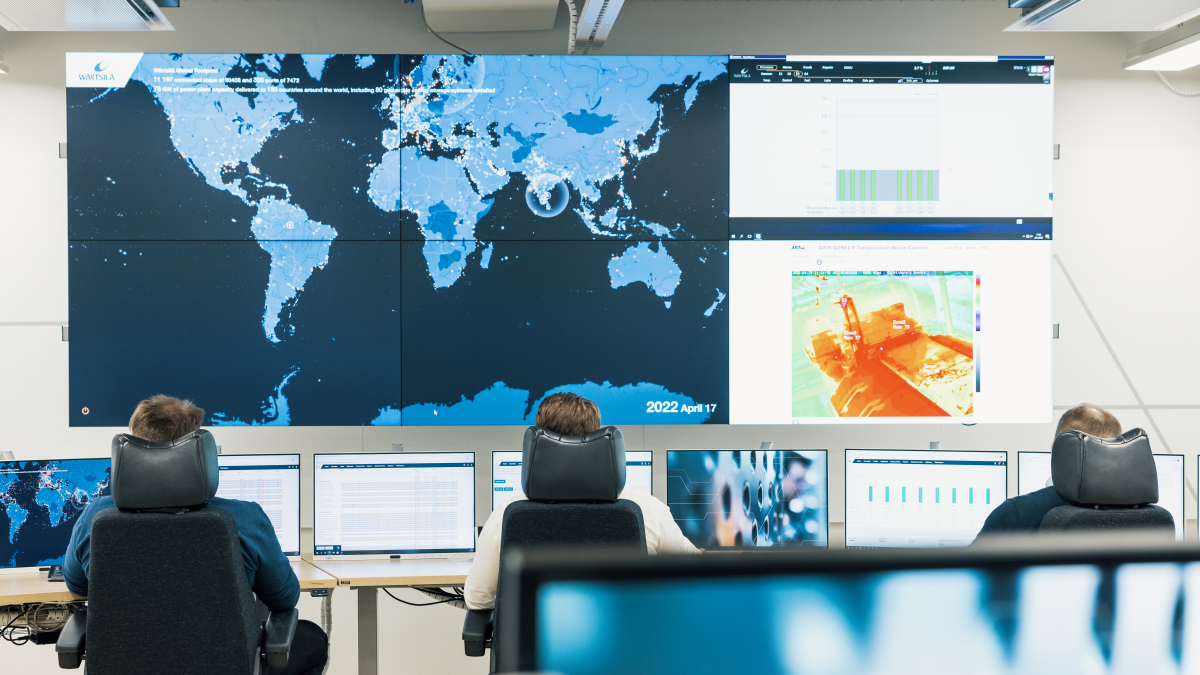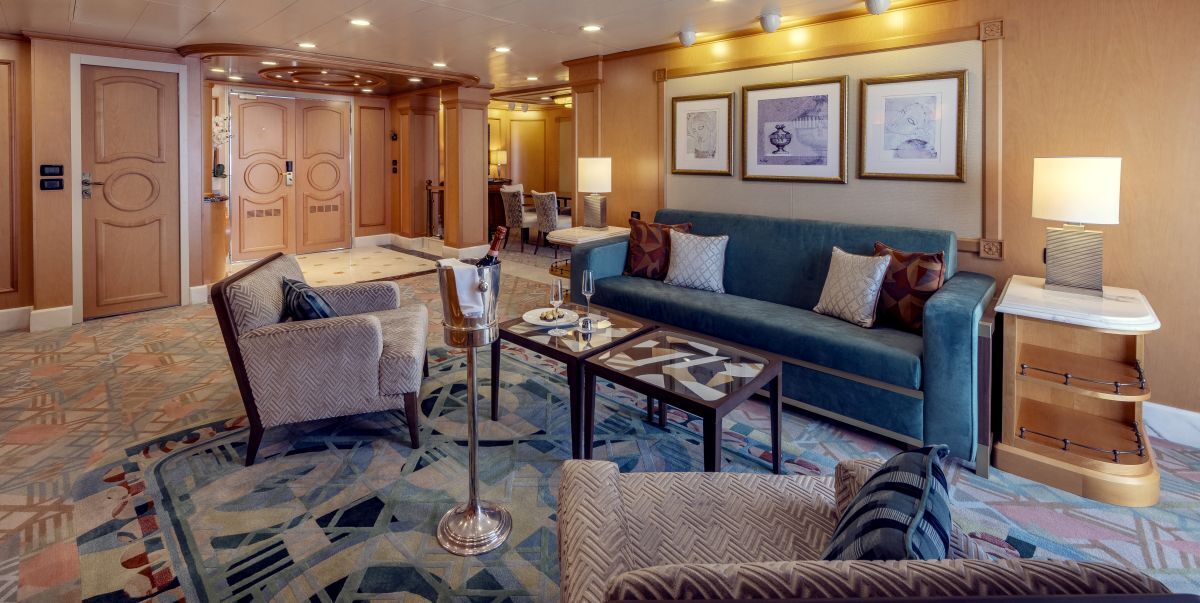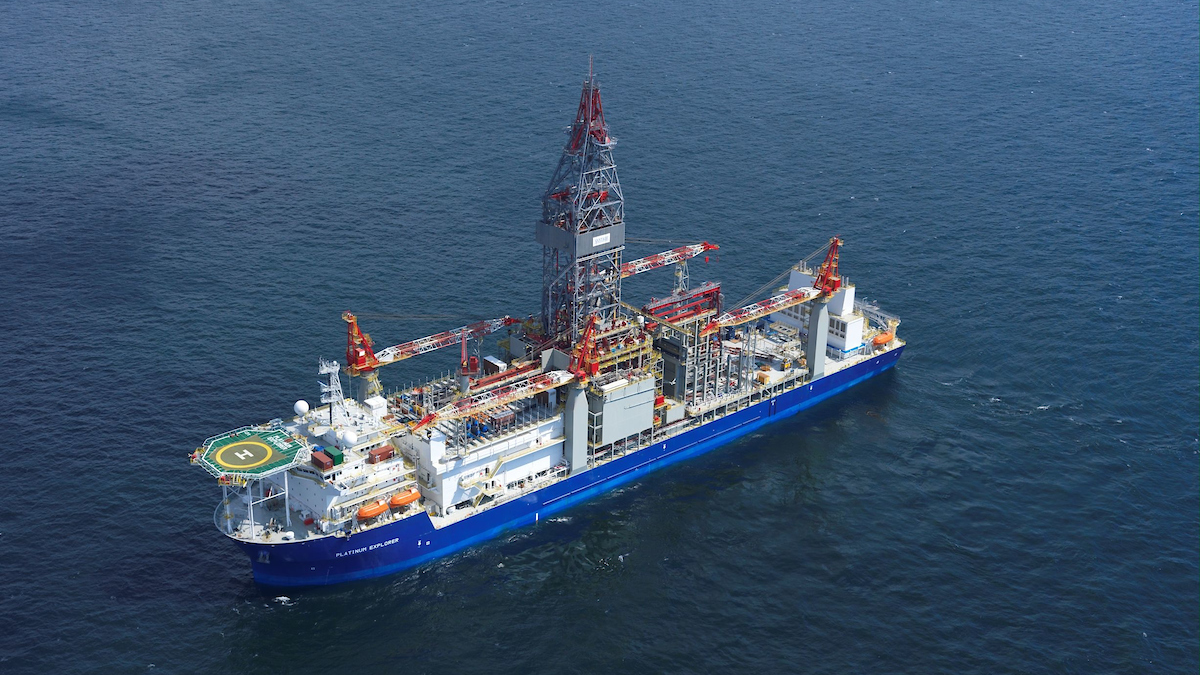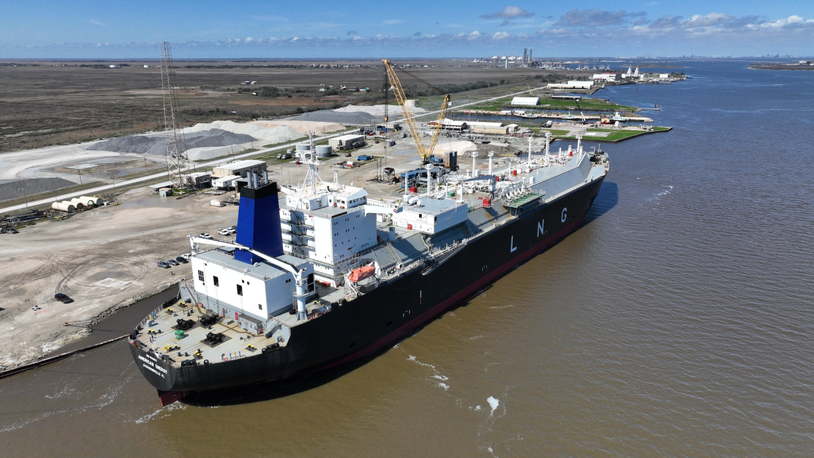Business Sectors
Events
Contents
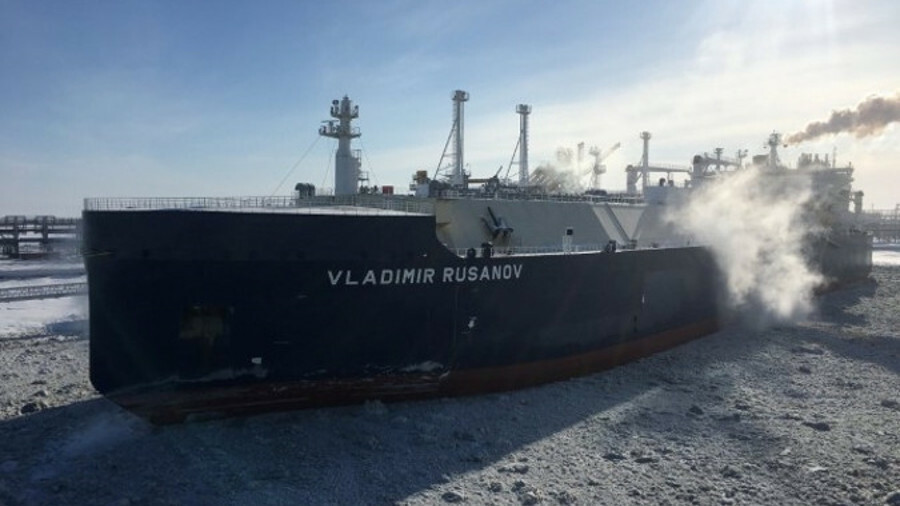
Norway transhipments to ease Yamal LNG winter logistics challenges
Completion of the liquefaction trains at Novatek’s Yamal LNG plant in the Russian Arctic is running ahead of deliveries of the facility’s dedicated icebreaking LNGCs
Aligning LNG carrier (LNGC) deliveries with the phased build-up of a new LNG export project is fraught with difficulties. Both ship and plant construction are subject to their own sets of variables and prone to unplanned events that upset project schedules.
In general terms liquefaction plant construction is a more complex, time-consuming and bespoke process than shipbuilding. In the majority of cases it is the LNG export terminal that falls foul of delays and cost over-runs. As a result, the ships dedicated to the project, completed on schedule, require alternative employment until such time as their appointed scheme is producing enough LNG to fill their cargo tanks.
Yamal plant success
With its Yamal LNG project in the Russian Arctic, Novatek is currently experiencing the exact opposite to what would normally be expected. The terminal has three principal liquefaction trains, each with a capacity to produce 5.5M tonnes per annum (mta), and Train 1 was commissioned on schedule. However, Train 2 has just entered service, well ahead of schedule, while Train 3 is also poised for a start-up much earlier than originally planned.
For most LNG projects an early plant start-up would not be a problem. Cargo buyers and sellers can simply go to the global pool of LNGCs and take the required tonnage on short-term charter until the project’s dedicated ships are completed.
However, the US$27Bn Yamal LNG scheme is different. The plant is located at Sabetta in Ob Bay, a part of the world where ice begins to form and thicken around mid-October each year. Sabetta’s port icebreakers are kept busy for over seven months, until late June, keeping the channel to the LNG terminal’s two jetties clear.
Arc7 fleet operations

The icebreaking LNGC Eduard Toll was delivered in December 2017, in alignment with the start of Yamal Train 1
Novatek is chartering a fleet of 15 icebreaking LNGCs with an ice class of Arc7, the highest such rating awarded to a merchant ship. The total orderbook was based on the assignment of five of the 172,600 m3 Arc7 ships to each of the three 5.5 mta trains.
Daewoo Shipbuilding & Marine Engineering (DSME) in South Korea is building all 15 ships. As of mid-October 2018, seven of the complement had been completed.
Novatek also has a secondary charter fleet of 11 LNGCs to work on the Yamal scheme. The majority of the vessels in this additional fleet are built to the lesser Arc4 ice class, while a handful are conventional LNGCs.
Ships in the secondary fleet are employed in less onerous ice conditions, such as westbound runs from Sabetta to Europe. They are also utilised for the onward transport of cargoes that are transhipped from the Arc7 ships at the earliest possible opportunity. Such an operation enables the Arc7 ships to optimise their time in the ice – the working environment for which they were designed.
Novatek’s fleet utilisation strategy for the Arc7 ships is to send cargoes westbound to Europe during the winter heavy ice-cover season. Westbound shipments in Arc7 ships, even in the Arctic winter months of November to June, do not require costly icebreaker escorts, whereas such escorts are stipulated for Arc7 ships travelling east from Sabetta to Asia during this period.
In the summer months, when the ice cover thins, the Arc7 LNGCs are able to travel eastbound along the Northern Sea Route (NSR) without the need for a dedicated icebreaker escort. Asia is the principal market for LNG and the ability of these specialised ships to make direct eastbound deliveries during the summer months is set to be well utilised.
Novatek is also planning to build its own fleet of up to four LNG-powered Arctic icebreakers. The availability of these in-house vessels to escort LNGCs sailing to Asia would enable the eastern NSR sailing season to be extended.
"Novatek is establishing Arc7 transhipment points in Arctic Norway to reduce misalignments between production and export capacity and to optimise cargo flows"
Aligning trains and ships
The commencement of operations with Train 1 at the Yamal terminal went smoothly. The first cargo was loaded on the first Arc7 ship, Christophe de Margerie, in December 2017 and output from the liquefaction unit built up rapidly, in tandem with the delivery of the remaining four vessels in the initial five-ship tranche of Arc7 newbuildings. DSME completed all five ships by January 2018, although the last to leave the yard had long delivery voyages to Sabetta via the Suez Canal ahead of them.
Construction work on Yamal Trains 2 and 3 continued apace while Train 1 cargoes were being dispatched. Progress was so good that Novatek was able to commence operations with Train 2 in early August, six months ahead of schedule.
By late September 2018 Yamal had been able to load 5M tonnes of LNG, including a small, early contribution from Train 2, since opening for business. With two trains now up and running, Yamal’s output capacity stands at 11 mta; that equates to 0.9 mta, or nearly 15 cargoes, per month.
Train 3 construction work is also ahead of schedule to a similar degree and is set to begin producing LNG no later than early 2019.
The trouble with these early starts for Trains 2 and 3 is that they are in advance of the scheduled deliveries for the second and third tranches of Arc7 ships. Novatek has asked DSME if it could expedite deliveries of the remaining Arc7 ships, but speeding up construction schedules at a yard with a busy orderbook - not least a large number of LNGCs for a range of owners worldwide - poses challenges.
Of the second tranche of five Arc7 LNGCs, for use in the service of Train 2, two had been delivered by October 2018 and the full quintet are scheduled to be completed by February 2019. After allowing for the need to make long-distance wintertime delivery voyages via the Suez Canal, it is likely to be April 2019 before the full five-ship complement of Train 2 vessels is lifting Yamal cargoes.
The arrival of five Train 3 ships will be even further out of sync with the start of the operations with the Yamal liquefaction unit for which they are intended. DSME is scheduled to hand over the last tranche of five Arc7 vessels between July 2019 and March 2020.
Transhipment solution
The lack of alignment between ship deliveries and rising LNG output at Sabetta poses logistics challenges for Novatek, especially over the coming winter months when the availability of Arc7 vessels needs to be at its optimum.
Novatek is establishing Arc7 transhipment points in Arctic Norway; this is an important way to reduce misalignments between production and export capacity and to optimise cargo flows. Transferring cargo to its secondary charter fleet vessels in such high latitudes obviates the need for Arc7 ships to sail to terminals in North West Europe to carry out such operations; it also enables the ships to maximise their ice operations in the western stretches of the NSR to the greatest extent possible.
Novatek has signed an agreement with Tschudi Shipping under which the Norwegian shipping and logistics company will handle Arc7 transhipments near Kirkenes, close to the Russian border, over the next two to three years.
During that time Novatek will construct its own permanent western transhipment hub facility on the Russian side of the border with Norway. Ural Guba Bay on the Kola Peninsula, about 50 km west of Murmansk, has been identified as a suitable site for the facility. Novatek also plans to build an eastern terminal hub in Kamchatka to handle LNG transfers from Arc7 LNGCs completing eastbound voyages from Sabetta along the NSR.
Related to this Story
Events
Maritime Environmental Protection Webinar Week
Cyber & Vessel Security Webinar Week
The illusion of safety: what we're getting wrong about crews, tech, and fatigue
Responsible Ship Recycling Forum 2025
© 2024 Riviera Maritime Media Ltd.


